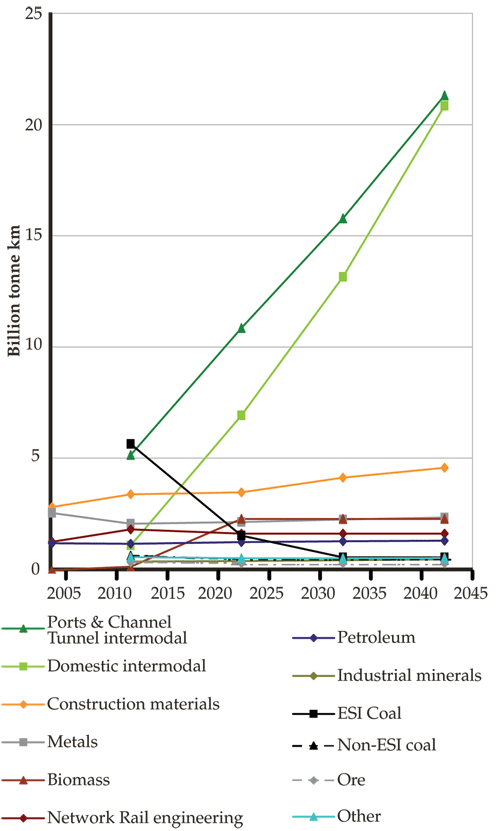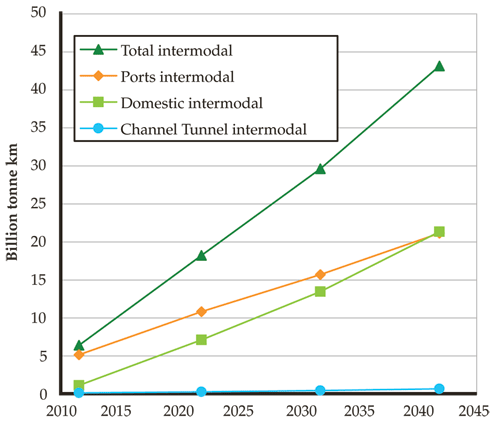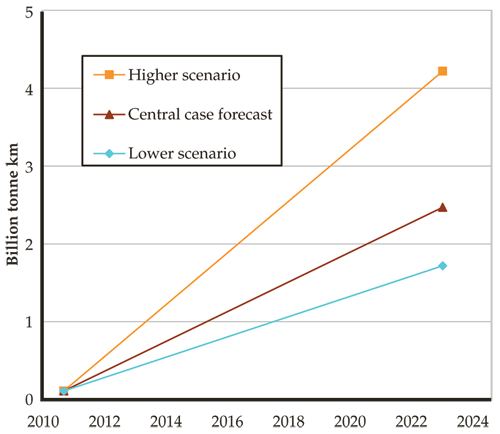Solutions are therefore in place to handle very large volumes of traffic (3,000 tonnes of aggregates or 40-plus shipping containers), as well as very small volumes of traffic.
Yet the challenge still remains for that awkward ‘wagonload’ traffic, which despite numerous attempts to get off the launch pad has repeatedly failed to clear the tower.
Network Rail has its own network of rail freight services, which link a number of regionally useful locations together on a daily or weekly basis, albeit just for maintenance traffic.
Now, if the Office of Rail and Road and the freight operating companies were in agreement, how about opening up these NR services to small-volume third-party wagonload traffic, perhaps even providing limited access to NR’s own network of maintenance depots to handle it?
Traffic that would otherwise not be carried by rail could then have a route to market, and NR could attract revenue to offset the cost of the (marginal) increase in train payload.
And to anyone recoiling in horror and ready to send an email to ORR about regulatory breach and anti-competitive behaviour - this would be traffic that Otherwise Would Not Be Carried By Rail (the clue’s in the title).
So, if access to the network can be improved, there is then the cost of using the network.
The ORR took the bold decision at the start of the millennium to remove the fixed cost element payable by freight operators, leaving the relatively small variable charge in place.
Forecasts across all sectors:
Intermodal:














